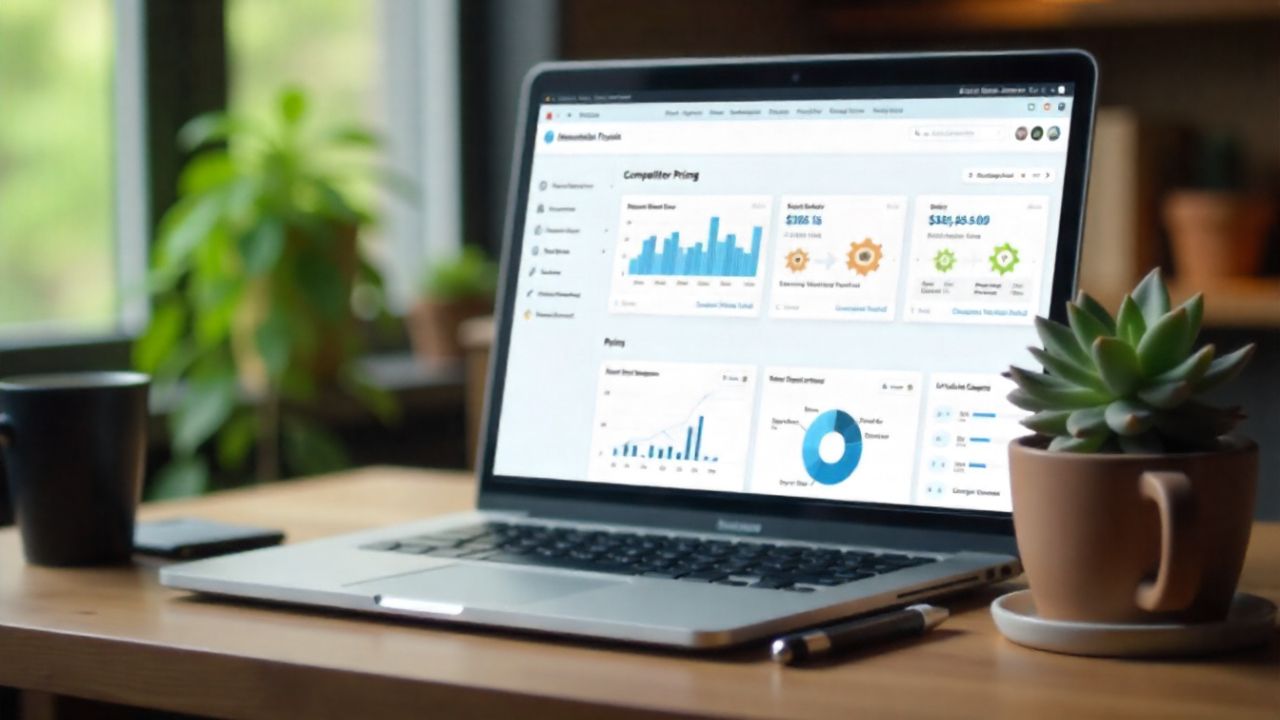Home < Blog < The CrawlFeeds Project Workflow From Feasibility to Final Delivery
The CrawlFeeds Project Workflow From Feasibility to Final Delivery
Posted on: October 04, 2025
Introduction
CrawlFeeds offers a structured, transparent process for custom web scraping / data extraction projects. Their documented five-step process guides clients from the initial idea to getting clean datasets.
Below, I break down each step, discuss typical internal operations, quality checks, and what you (as a user) should expect or provide.
1. Feasibility Check & Review
At this stage, the CrawlFeeds team reviews the target website and your requirements to confirm if the data can be extracted effectively. (Learn more about supported websites)
What happens here:
-
Project intake / specification gathering — the client describes the target site(s), what data fields are needed, expected volume, update frequency, constraints (pagination, JavaScript, anti-bot protection), etc.
-
Technical analysis — the CrawlFeeds team inspects the site(s) (structure, HTML patterns, presence of dynamic content, AJAX, infinite scroll) to assess complexity, blockers, and risks (CAPTCHAs, IP blocking, login walls).
-
Feasibility decision & recommendations — they decide whether the extraction is doable (with available effort / cost). They may propose modifications (less frequent crawling, partial fields, or fallback strategies).
What the client should expect / provide:
-
Clear specification of desired fields, formats, sample examples
-
Access credentials if needed
-
Constraints or limitations (e.g. don’t hit the site too hard, obey certain robots.txt rules)
Quality / risk considerations at this stage:
-
Detect possible layout variability (e.g. site redesign risk)
-
Evaluate whether dynamic rendering or anti-scraping measures will require extra infrastructure (headless browsers, proxies)
-
Estimate error / failure rates, plan fallback approaches
2. Pricing & Approval
Once feasibility is confirmed, CrawlFeeds moves to costing and client approval.
What happens here:
-
They prepare a detailed cost estimate, often based on number of pages, complexity, volume, update frequency, and edge-case handling overhead.
-
They may propose tiered pricing (e.g. for basic vs full data, or optional fields).
-
The client reviews, provides feedback, approves.
What the client should expect / provide:
-
Clarification of budget, acceptable tradeoffs (maybe skip certain low-value fields)
-
Agreement on SLAs (turnaround time, error tolerance)
-
Signing / formal approval
3. Initial Invoice & Sample Data
You’ll receive an initial invoice, and CrawlFeeds delivers a sample dataset to validate fields, structure, and quality. This ensures that parsing rules are correct before scaling. (See available datasets)
What happens internally:
-
They build an initial scraping / extraction prototype based on the input spec.
-
They run it on a representative subset of target pages (e.g. first 100–1000 pages) to generate a sample dataset.
-
They validate the sample: ensure schema correctness, basic parsing is accurate, check for missing fields, obvious errors.
-
They may allow the client to review the sample and request modifications (e.g. rename field, adjust parsing).
What the client should do / expect:
-
Examine the sample for correctness (check a few rows, compare with original pages)
-
Provide feedback / corrections: e.g. “You parsed price wrong when currency is prefix”, or “We want more product attributes”
-
Once satisfied, the project moves to full extraction
Quality / checks here:
-
Field type checks, null rates for required fields
-
Edge case detection (e.g. pages missing some fields)
-
Preliminary duplication checks
4. Full Extraction Phase
After sample is approved, the large-scale crawl & extraction begins.
What happens internally:
-
The scraper pipeline is scaled up to cover all target pages (or recurring schedules).
-
Crawling, pagination, link discovery, queuing, retry logic, rate limiting, proxy / IP rotation are in place.
-
Extraction modules parse, clean, normalize the data into the agreed schema.
-
Internal QA & validation runs continually (error logs, missing field rates, distribution checks)
-
If anomalies or drifts are detected, they may backfill or adjust logic mid-run.
What the client should expect:
-
Periodic status updates (how many pages processed, error counts)
-
Intermediate data snapshots (if agreed)
-
Communication if major structural changes are detected (site redesign, new anti-bot measures)
Quality / monitoring during this phase:
-
Monitor error / failure rates
-
Monitor missing / null rates, schema drift
-
Alerts if unexpected patterns (e.g. sudden drop in number of records)
-
Logging of pages with parse failures or structure anomalies
5. Final Delivery
The final dataset is cleaned, validated, and delivered in your preferred format (CSV, JSON, XLSX). Metadata and logs are included to ensure transparency. You can review documentation for delivery details. (Read full documentation)
What happens internally:
-
Perform a final QA / validation pass (consistency, duplicates, referential checks).
-
Package data into formats (CSV, JSON, Excel, etc.) as per spec.
-
Provide documentation / metadata (field definitions, coverage stats, error reports).
-
Provide access method (download link, API endpoint, S3 bucket, etc.).
-
Support client for any post-delivery corrections or follow-ups (if some fields need adjustment or reprocessing).
What the client should expect / do:
-
Download and inspect the full dataset
-
Validate sample rows vs original pages
-
Raise issues (if any fields are systematically wrong)
-
Possibly request updates / re-runs for problematic pages or new pages over time
Quality / final checks:
-
Deduplication / uniqueness enforcement
-
Referential integrity (if relationships exist)
-
Schema conformance (types, nulls)
-
Summary metrics (counts, distribution, nulls)
-
Provide error report / logs
Conclusion & Best Practices
CrawlFeeds’ five-step process (Feasibility → Pricing → Sample → Full Extraction → Delivery) gives structure, transparency, and checkpoints for quality control.
To make such a process even stronger:
-
Embed automated validation & anomaly detection at each stage
-
Maintain human-in-the-loop QA especially for sample and final phases
-
Version and archive past datasets for comparison / rollback
-
Monitor structural changes in target sites over time and adapt proactively
-
Provide clients with dashboards or metrics (error rates, missingness, drift)
If you like, I can prepare a polished blog article ready for publishing (with diagrams) on CrawlFeeds’ process. Do you want me to do that for you?
Latest Posts
Find a right dataset that you are looking for from crawl feeds store.
Submit data request if not able to find right dataset.
Custom request




